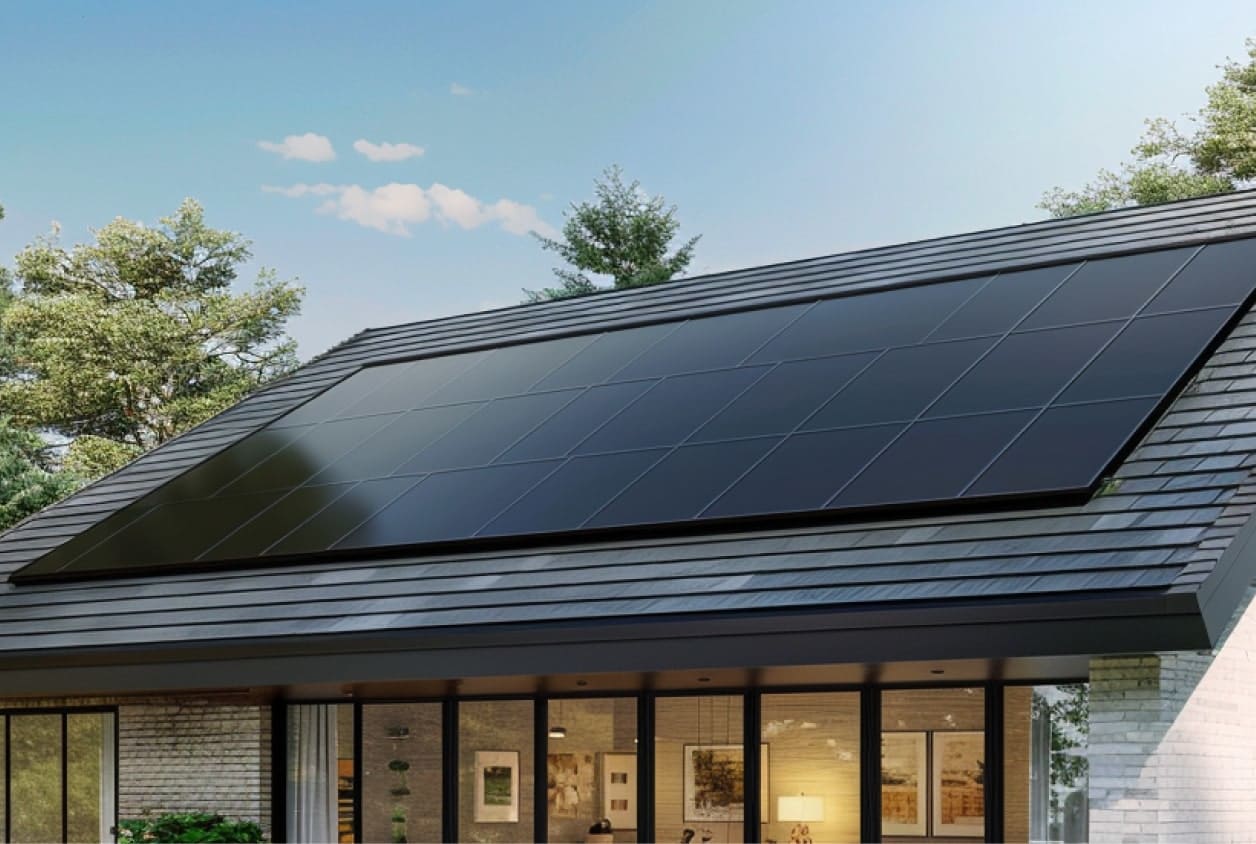Scientists working at the federal government's ominously named Battery Abuse Testing Laboratory in Albuquerque, New Mexico, could soon have big news for electric vehicle safety.
That's because they are examining sensors and other tech to find a setup that provides an earlier warning about when pack cells will combust, according to a news release from Sandia National Laboratories.
"The nature of battery fires can vary widely, depending on the failure mode. Some batteries self-heat for hours, while others are abrupt and aggressive," Sandia battery safety group member Alex Bates said in the release.
While lithium-ion battery fires are rare — gas cars are more likely to catch fire than EVs, per multiple reports — they can be a calamity. That's part of the reason they are well-documented in the news when they happen.
The problem is thermal runaway, which occurs when a cell begins uncontrollably overheating, eventually leading to a fire or explosion, as described by UL Research Institutes.
As a result, experts are trying to develop better detection systems. Scientists at the University of Arizona are working on sensors that wrap around packs, using artificial intelligence to help gauge safety.
Save $10,000 on solar panels without even sharing your phone number Want to go solar but not sure who to trust? EnergySage has your back with free and transparent quotes from fully vetted providers that can help you save as much as $10k on installation. To get started, just answer a few questions about your home — no phone number required. Within a day or two, EnergySage will email you the best local options for your needs, and their expert advisers can help you compare quotes and pick a winner. |
Watch now: Honda reveals how it's rethinking electric vehicles from the ground up with exciting new concept cars
California's Liminal has an innovation that is meant to detect flaws in cells before they leave the production site. Other lab groups are producing safer battery parts that are much less likely to excessively overheat.
At Sandia, the team is putting already available diagnostics through the paces at the abuse testing lab to determine the best tech to snoop out the various ways that cells fail. The key is developing a detection system that signals the driver that there's a problem with plenty of time to take action, per the Sandia summary.
Ensuring that next-gen detection is accurate, without false warnings, is paramount. A system that can also implement a mitigation procedure to start cooling the battery would be ideal, according to the Sandia experts.
🗣️ Which of these factors is your biggest obstacle to purchasing an EV?
🔘 Cost concerns 💸
🔘 Range concerns 🪫
🔘 Performance concerns 😓
🔘 Already switched 😎
🗳️ Click your choice to see results and speak your mind
"The next phase is understanding the limitations and applying machine learning algorithms to datasets," Bates said.
TCD Picks » Quince Spotlight
💡These best-sellers from Quince deliver affordable, sustainable luxury for all
Wide EV adoption is a big win for the atmosphere, as each one that replaces a fuel-burner prevents thousands of pounds of heat-trapping air pollution from being spewed each year, per the U.S. Department of Energy.
The World Resources Institute recently reported on how air pollution and planet overheating feed on each other, resulting in greater drought and wildfire risks — well-documented disasters that occur each summer.
Switching to an EV nixes some of those gases and can save you serious cash, as well. You can bank about $1,500 in gas and maintenance costs each year, in addition to the $7,500 in tax credits still available when you buy certain models.
At Sandia, the team captured the violence of battery failures in a video clip showing flames and smoke. The goal now is to make sure those scenes are limited to lab work.
"It's very exciting to be at the forefront of practical battery safety, where our work will extend beyond the lab," Sandia battery safety lead Loraine Torres-Castro said in the summary.
Join our free newsletter for weekly updates on the latest innovations improving our lives and shaping our future, and don't miss this cool list of easy ways to help yourself while helping the planet.














